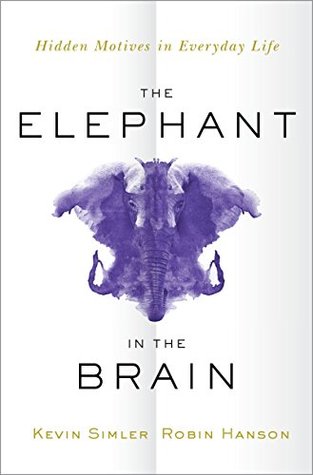More on this book
Community
Kindle Notes & Highlights
by
Kevin Simler
Started reading
December 15, 2024
Hierarchy in the Forest
We, human beings, are a species that’s not only capable of acting on hidden motives—we’re designed to do it. Our brains are built to act in our self-interest while at the same time trying hard not to appear selfish in front of other people. And in order to throw them off the trail, our brains often keep “us,” our conscious minds, in the dark. The less we know of our own ugly motives, the easier it is to hide them from others.
Our aim in this book, therefore, is not just to catalog the many ways humans behave unwittingly, but also to suggest that many of our most venerated institutions—charities, corporations, hospitals, universities—serve covert agendas alongside their official ones. Because of this, we must take covert agendas into account when thinking about these institutions, or risk radically misunderstanding them.
“We deceive ourselves the better to deceive others.”
Knowledge suppression is useful only when two conditions are met: (1) when others have partial visibility into your mind; and (2) when they’re judging you, and meting out rewards or punishments, based on what they “see” in your mind.
because competition against Them highlights the shared interests among Us. However destructive, war tends to bring a nation together.
This is what’s known in the literature as the social brain hypothesis, or sometimes the Machiavellian intelligence hypothesis.3 It’s the idea that our ancestors got smart primarily in order to compete against each other in a variety of social and political scenarios.
social status among humans actually comes in two flavors: dominance and prestige.12 Dominance is the kind of status we get from being able to intimidate others (think Joseph Stalin), and on the low-status side is governed by fear and other avoidance instincts. Prestige, however, is the kind of status we get from being an impressive human specimen (think Meryl Streep), and it’s governed by admiration and other approach instincts.


